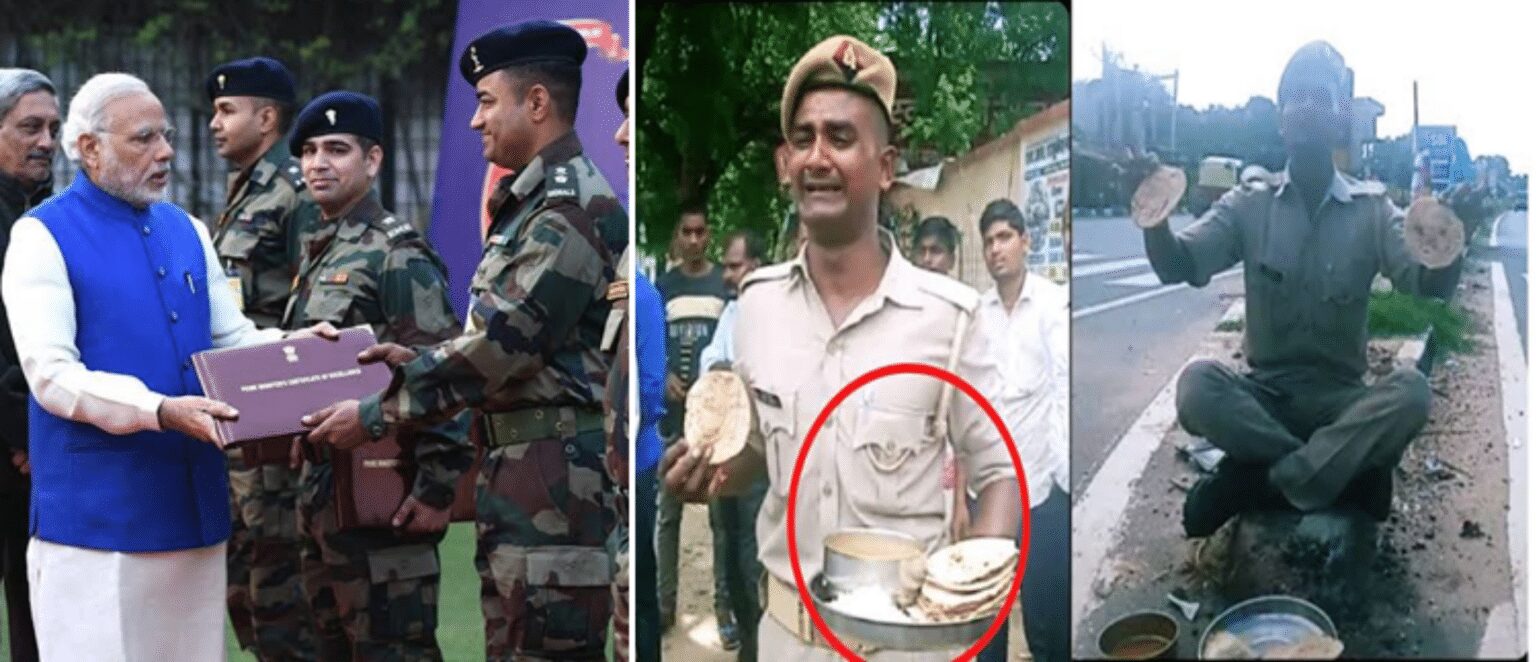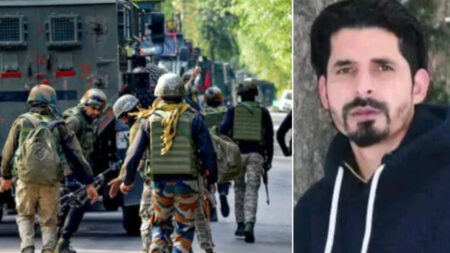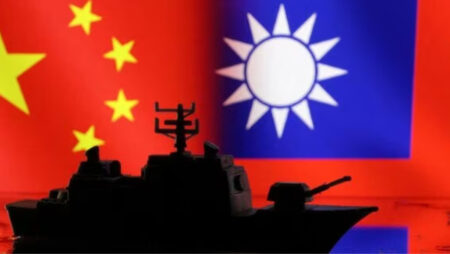Union Home Ministry on 21 Sep 2022 withdrew the “Police Antrik Suraksha Seva Padak, Utkrisht Seva Padak, and Ati Utkrisht Seva Padak”.
Challenges and deprivations in the internal security forces
The perils in the duty of security personnel are substantially subjective to the situation, henceforth the quantum of challenges forced by internal and external security forces weigh equally, giving a sense of pride to serve.
It is unappealing to compare the aspects of the security forces, but the gratification fades down when the emoluments, laurels, and gallantry recognitions differ for both of them, particularly the Police and CAPF are poorly rewarded and bleakly eulogized for their acts of valor which are in par with the defence forces.
There are various lines of discrimination of the forces, which are:-
- An Army personnel receives a maximum of ₹10,000 per month for the highest gallantry award Param Veer Chakra, but the police equivalent Police Medal for Gallantry gets only ₹2,000 (earlier ₹900) as per the recently revised guidelines by the MHA.
The eligible conditions for PVC just regards “exceptional act of valor or self-sacrifice exhibited in the presence of enemy, whether on air, land or water”, but the MoD has limited the award only to the defence forces.
However, the CAPF may be entitled to PVC, only if they are under the command of army battalions and take part in any army operations.
- Further, martyred personnel gets additional emoluments like:-
- land allotment,
- government jobs for the family of a martyr,
- educational and health allowances for their children, and
- The wards of such personnel are eligible for reservations under the category of “Services quota” and the spouse may get an opportunity to serve the forces under the “War widow / Veer Naari Scheme”.
But why are these privileges differentiated based on the color of the uniform, area of operation, and the administrative Ministry, despite the blood and sweat offered in the line of duty being indiscriminate?
- Pay scale for both Grade A and B personals in both the forces are incomparable, because “Police” is a “State subject”, while “Armed forces” are “Central subject”,
For the same number of working hours, the pay scale of a Lieutenant in the Indian Army is ₹56,100 to ₹1,77,500 per month, while the equivalent rank of IPS officer and an Assistant Commandant in CAPF gets ₹45,000 to ₹56,100 per month.
Moreover, these figures also vary, as the internal security forces are administered under their respective State Governments, (except the Delhi Police falls under the jurisdiction of the Union Government).
- The aspect of Budgetary allocation is undoubtedly skewed, (the 2022 – 23 allocation for MoD stands at ₹5.25 lakh, while that for MHA is around ₹1.17 lakh, and further allocation for Policing gets dwindled) resulting in abysmal performance.
This has resulted in a lack of modernization of the Police, forcing them to get compromised with outdated and dire quality gadgets, weapons, and vehicles, which sometimes exposes them to life-threatening consequences.
- Unlike the defence forces, the internal security forces have humane protocols, media accountability, and administrative commitments to be met during their operations, thereby escalating the burden of risk.
UNO reports an average 10.5% shortage in Police staff in India.
Police Reforms with recommendations
- The physical and operational challenges of police are ever increasing with technological advancement, but the lower rank personnel (constables, PBORs, logistic wings), about 86% of constables are under-skilled.
Hence there is an immediate need to upgrade the physical and psychological training of the police forces in par with the defence forces.
Similar to the Para-military and defence forces, frequent endurance tests for police personnel need to be done.
- Upgrade the residential and canteen facility for the Police forces to the grade of military canteens and ensure proper fund allocation.

Creating an environment similar to Military and Para-military forces can improve the efficiency of Police,
this can be made by deputing the police personnel in a different district of the home state with residential quarters nearby the office and routine fitness workouts.
- Bridging the forces through combined exercises like KRIPAN (Army + BSF + SSB), Suraksha Kavach (Indian Army + Maharashtra Police), and AMPHEX 21 (India Navy + Coast Guards) needs to be emphasized for the exchange of strategies and knowledge.
- If necessary, the operations of certain border forces like BSF, ITBP, Assam Rifles, Coastal Police, etc, need to be transferred to respective units of the Indian Army and Indian Navy, to improve coordination in sensitive operations.
- Provide a separate set of ground duty uniforms (other than Khaki) similar to the combat uniform of defense forces.
- The government must look into the recommendations of various commissions like:-
-
- National Police Commission – 1979.
- Ribiero Commission – 1999.
- Padmanabhaiah Committee – 2000.
- Malimath Committee – 2003.
Finally, it all can go well, if the most venerated constitution brings equality among the forces, the Article 18 of the “Fundamental Rights” which states Abolition of titles except for military and academic disciplines, privileges the armed forces to retain their ranks (post-retirement), but why not the police, bureaucracy and every other government service which run our nation.
Will there be any grave burden on the government to replace the term “military ” with “security forces and bureaucracy”.
Do our Police and Bureaucrats underserve to bare their ranks
Comment your views below, thankyou
Read More –
- Joe Biden Signs New Police Reform.
- Residential quarters of Delhi Police personnel are a picture of neglect – The Sunday Guardian Live.













